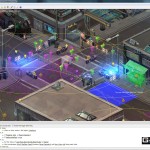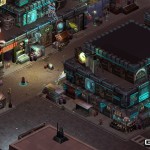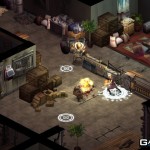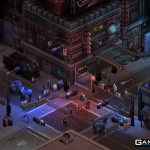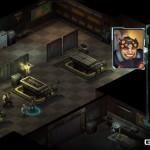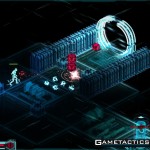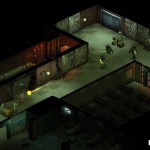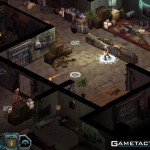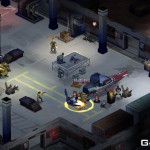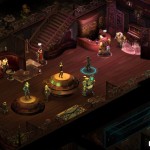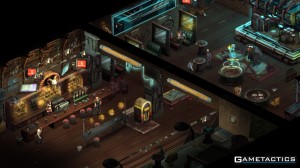 Shadowrun Returns is a tactical turn-based RPG developed by Harebrained Schemes Studios for Windows PC. The game was announced via Kickstarter about a year ago and now has finally seen a release on Windows PC, OS X Linux, iPad and Android Tablets, after being delayed by a month past its original release date. The game promised to be a revival of the franchise and be more in line with the Role-Playing Game it was based on. Did it succeed? Read on.
Shadowrun Returns is a tactical turn-based RPG developed by Harebrained Schemes Studios for Windows PC. The game was announced via Kickstarter about a year ago and now has finally seen a release on Windows PC, OS X Linux, iPad and Android Tablets, after being delayed by a month past its original release date. The game promised to be a revival of the franchise and be more in line with the Role-Playing Game it was based on. Did it succeed? Read on.
The game is set up in an episodic fashion with new episodes being released as modules downloaded from the community website. The modules will be for the most part user created, and they are free to download. As of this typing there are a few resources to download, but hopefully with a strong community more content will be made available for years to come. The development team is likely to create more scenarios as well. You can also make your own scripts and maps if you feel creatively inclined.
As for the story of the initial scenario, after making your character from several races and classes, you learn that your old friend has died and sent a message asking you to do a job for him. He set the recording up in advance and after finding his killer and bringing them to justice, you are promised payment. Of course this leads to something far more involved than you bargained for. As for the races available you can be a Human, Elf, Dwarf, Ork, or Troll. The Classes are Adept, Mage, Decker, Street Samurai, Shaman, Rigger, or classless for a custom build. Adepts are melee experts that use magic to strengthen their attacks and defenses. Mages use magic based skills. Deckers use their cyberdecks to jack into cyberspace, to hack electronics and steal corporate secrets. Street Samurai are combat specialists that can use many weapons. Shamans use magic to enchant or conjure spirits to assist the party. Riggers use drones to scout and fight in a similar manner to Shamans. All classes gain karma from completing mission objectives rather than killing enemies during combat, and you can’t gain skills until you have karma equal to the skill level you are currently at. Likewise, you can’t spend karma on skills dependent on a skill tree unless you also have the levels required.
Combat plays out like a tactical turn-based RPG in a manner similar to Breath of Fire V: Dragon Quarter, where you spend AP on actions like moving, attacking, or using a skill or item, each with their own cost. Abilities have cool down periods as well. If you use firearms, naturally the further away you are from an enemy the weaker the attack is, as well as a diminished chance of hitting the enemy. During combat in maps, there’s a fog of war affect that hides enemies from view until that character is in viewing distance. This keeps an element of surprise into combat. As far as the campaign’s flow goes, it is set up in a linear structure, with little exploration to do. With only a handful of side missions to take on, you need to spend your money wisely, as well as deciding when to go to the various merchants. This is because there are only a few opportunities to shop in the game. Despite these restrictions, the game is fairly easy to get through. It should be noted that PC and Mac users can play the game solely with the mouse. The story and the writing are pretty solid despite a lack of voice acting. The original composer returns, so it’s no surprise the music is also pretty good, with little nods to the SNES game’s soundtrack. There are other nods to the SNES game that should make veterans of the original crack a smile.
There are a couple issues with the game though. Aside from the linear path the game puts you on and it’s short 15 hour length, there are some technical issues that were overlooked. Another issue is being unable to let a character’s turn to be skipped over if you don’t wish to commit any actions or move positions, being forced to spend AP just to move in order to waste their turn: You can swap to another character and there is an End turn button, but this just seems to skip the entire “round” of combat. Things like being unable to do hard-saves in safe areas, as the game only auto-saves at the start of each map load. Sometimes the map’s assets can fail to load after a scene transition. Thankfully it will auto-save and you can reload the checkpoint, but it’s still annoying. Despite some of these issues Shadowrun Returns is a good game that’s worth the $20 price tag. And with the promise of user created content, it can potentially pay for itself in replay value for hopefully years to come.
Gameplay
Graphics
Sound
Overall

